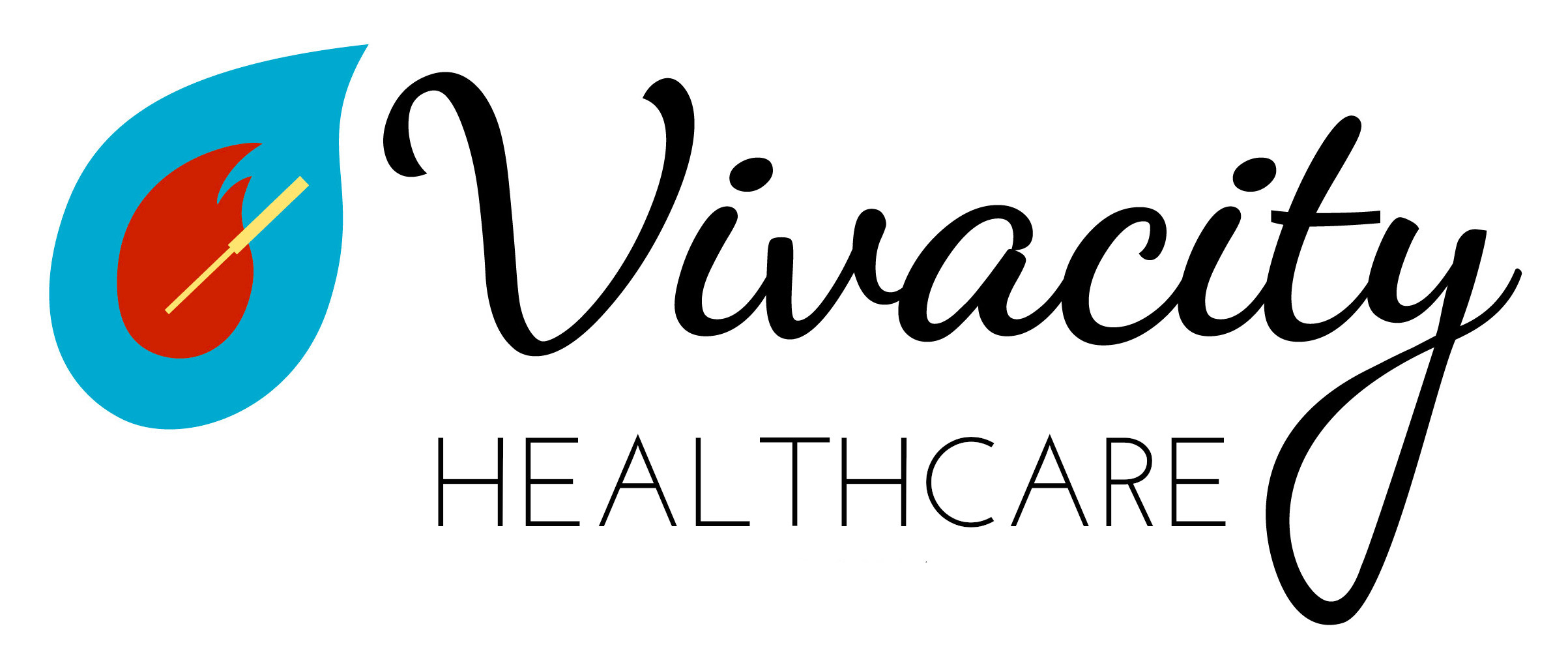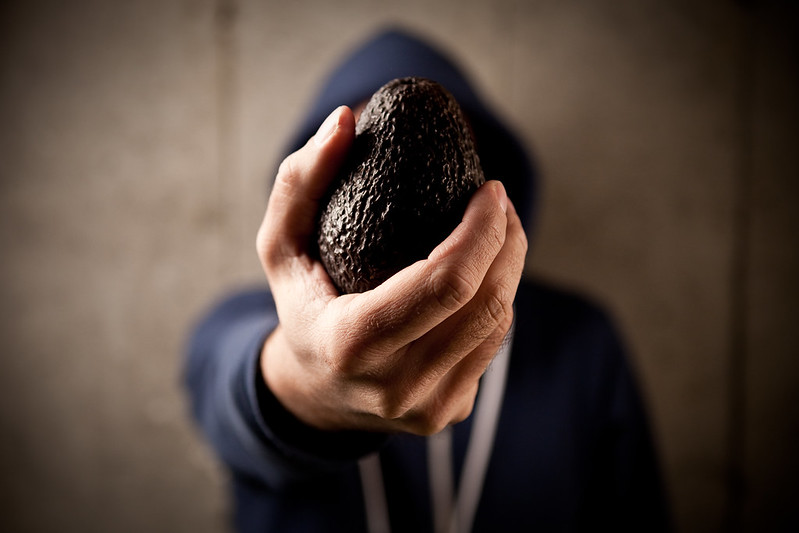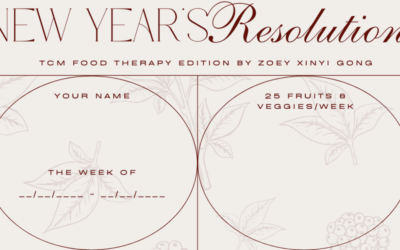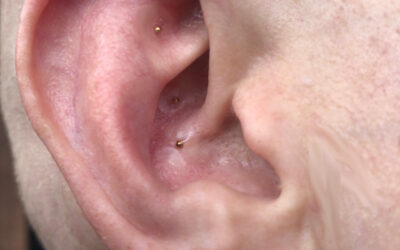My 2021 resolution is to research healthy hydration. In digging into this topic, I’ve come to appreciate the importance of potassium. It is an essential mineral that is commonly low in Western diets (similar to Magnesium) that can affect hormone levels as well as bone and cardiovascular health. Potassium and sodium are the two primary electrolytes that, working together, maintain fluid balance. So proper potassium intake to stay hydrated is perhaps more accurately conceptualized in terms of achieving a potassium:sodium balance.
How It Started & How Its Going
Our Stone Age ancestors on the ‘Paleo’ diet consumed about 16 times more potassium than sodium, or about 11,000 milligrams (mg) of potassium a day with well under 700 mg of sodium. Evolution on a diet relatively scarce in sodium, with the body needing only 200 mg a day, is reflected in the human body’s tendency to retain it.
Currently, the average American diet includes about twice as much sodium as potassium, or between 2,500 and 7,500 mg of sodium with only 2,500 mg a day of potassium. The Harvard recommendation is to reach 4,700-milligrams of potassium while staying under 800 mg of sodium [1]. And while limiting salt intake is a common concern, especially if you are prone to heart disease, many of us could likely greatly benefit from increasing potassium rather than limiting salt.
Why is excess sodium hard on the heart?
‘Water follows sodium,’ meaning the more sodium, the more water in the body and hence the volume of blood in circulation. Blood pressure therefore climbs, increasing the workload of the heart and inhibiting the ability of blood vessels to relax and contract as needed (such as during exercise). If you are bloated from retaining water, a state of ‘internal dampness’ in East Asian medicine, you are likely to feel full and lack thirst. The kidneys respond to excess sodium by flushing it out in the urine. Unfortunately, this also removes potassium (and calcium). If potassium levels are low, the body tries to hoard it, which also means hanging onto sodium. All of this can be caused by high sodium intake or low potassium intake [1].
How an Avocado Helps with Hydration
A good start for most people in correcting the sodium:potassium imbalance by increasing potassium intake either through diet or supplementation. If you have kidney disease, and your doctor hasn’t already told you what your potassium limit is, ask them about it before increasing your intake. The first food that comes to mind when we think ‘potassium’ is the banana– but there are actually many foods that are even more efficient providers:
| Food | Approximate potassium content (rounded to nearest 25 mg) |
| 1 avocado | ~975 mg |
| 1 cup of cooked swiss chard | ~950 mg |
| 1 cup of white beans* | ~825 mg |
| 1 cup of edamame | ~675 mg |
| 1 pomegranate | ~675 mg |
| 2 wedges of watermelon | ~650 mg |
| 1 cup of black beans | ~600 mg |
| 1 cup of coconut water | ~600 mg |
| 1 cup of butternut squash | ~575 mg |
| 1 sweet potato | ~550 mg |
| 3 cups of raw spinach | ~550 mg |
| 1 cup of boiled beets | ~525 mg |
| 1 potato | ~500 mg |
| 6 dried apricots | ~475 mg |
| 3 tablespoons of tomato paste | ~475 mg |
| 1 banana | ~400 mg |
*navy (pea) beans, cannellini (white kidney) beans, great northern beans or lima beans
[2]
Works Cited
[1] “Potassium and Sodium Out of Balance.” Harvard Heart Letter. April 2009. https://www.health.harvard.edu/staying-healthy/potassium_and_sodium_out_of_balance. Accessed January 21, 2020.
[2] O’Brien, Sharon. “15 Foods That Pack More Potassium Than a Banana.” https://www.healthline.com/nutrition/foods-loaded-with-potassium. Accessed March 26, 2021.




